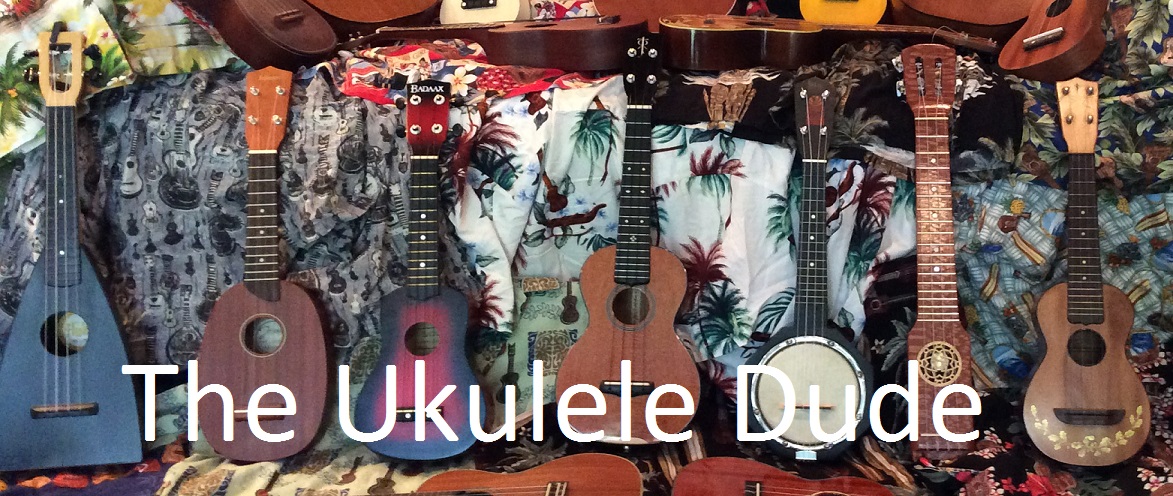An Introduction to ‘Eine Kleine’ Musical Theory for Ukulele Players
I know! Your eyes glazed over just thinking about it and you are thinking “I just want to play the ukulele and have fun, I don’t need to understand any of that theory stuff.”
Trust me! This will be pretty painless and will provide some basic tools that will help keep you from going crazy in the future! I’m not going into all the whys and therefores and deep depth dives, this is sort of a top layer ‘here’s enough to make you dangerous’ stuff.
How many notes can you play on the ukulele? It is a pretty simple question. Most people readily understand that there are seven notes, A through G in music. Many of us learned the FACE and Every Good Boy Deserves Fudge and the notes found on the basic music scale. That covers all the white keys on the piano. But what about the black keys?
Does the ukulele even have black keys? Yes, you actually play the notes of the black keys on the ukulele! BeCause Everyone Forgets helps you to know where the ‘black keys’ are on the ukulele, or even the piano.
We start with the ‘white keys’ or basic notes, A, B, C, D, E, F, and G. These are the seven notes that serve as the basis for all of our ukulele music. And you start over after G with another A and sequence through again (and again, and again).
Then we set the ‘black keys’ in between them in the appropriate place. We’ll start with using just the sharp notes, indicated on music with the # symbol. Which gives us A, A#, B, C, C#, D, D#, E, F, F#, G and G# a total of 12 notes. The phrase “BeCause, Everyone Forgets” is to help you to remember that there is no sharp between the B and C and no sharp between the E and F.
There you go! The 12 notes that make up the music scales. But, wait! What about the flats?
Well, all those sharps are also flats, usually indicated by a b. That A# is the exact same note as a Bb. And the C# is also a Db. Sometimes you will see the full set of notes shown as:
A-#/b-B-C-#/b-D-#/b-E-F-#/b-G-#/b-A
And there is no flat between the same two notes where there is no sharp!
Some of my future articles will build on this basic knowledge. A basic understanding of chords, movable chords, the CAGFD System and the Twelve Bar Blues will all be based on this aspect of things.


Best view i have ever seen !